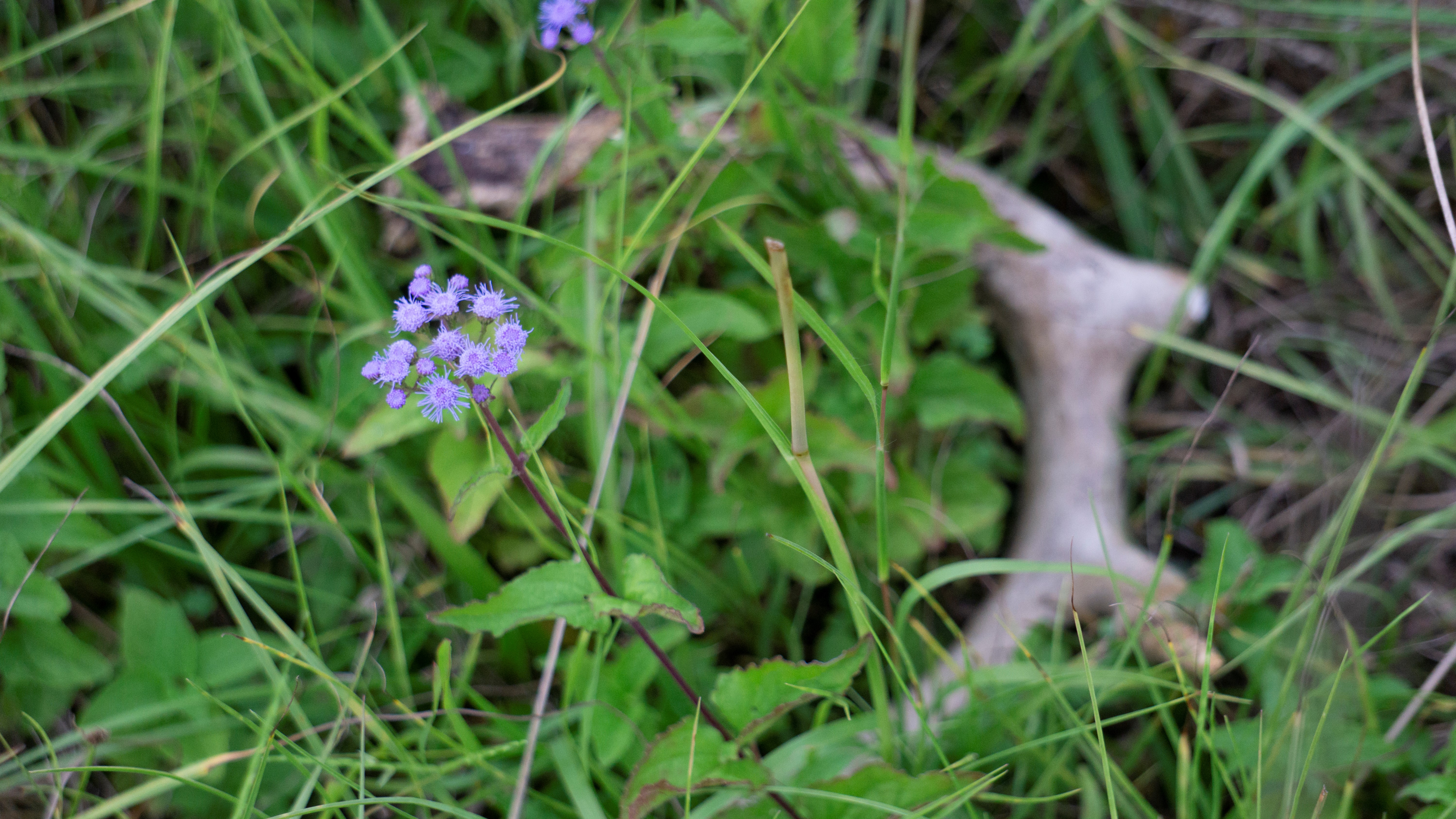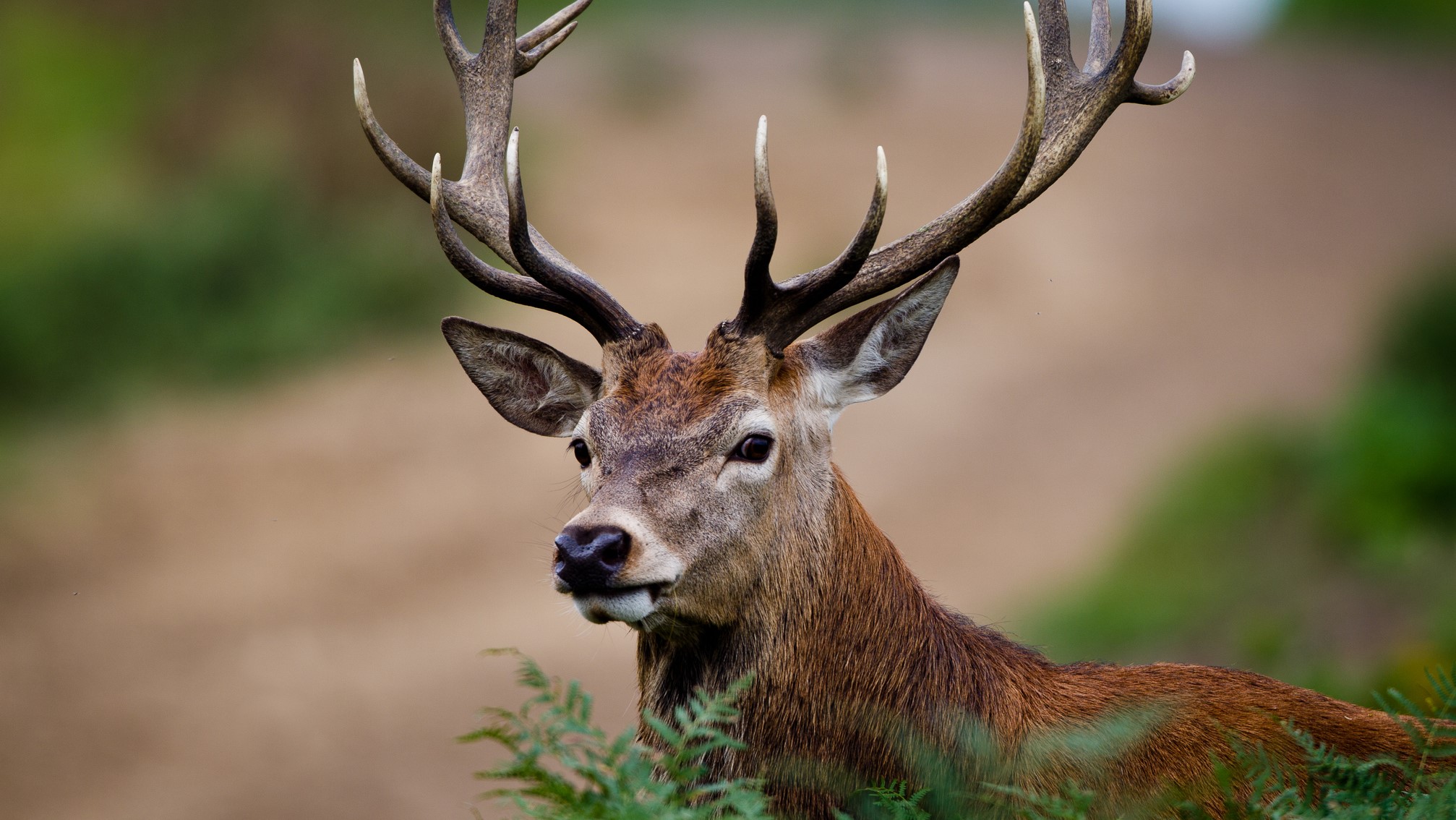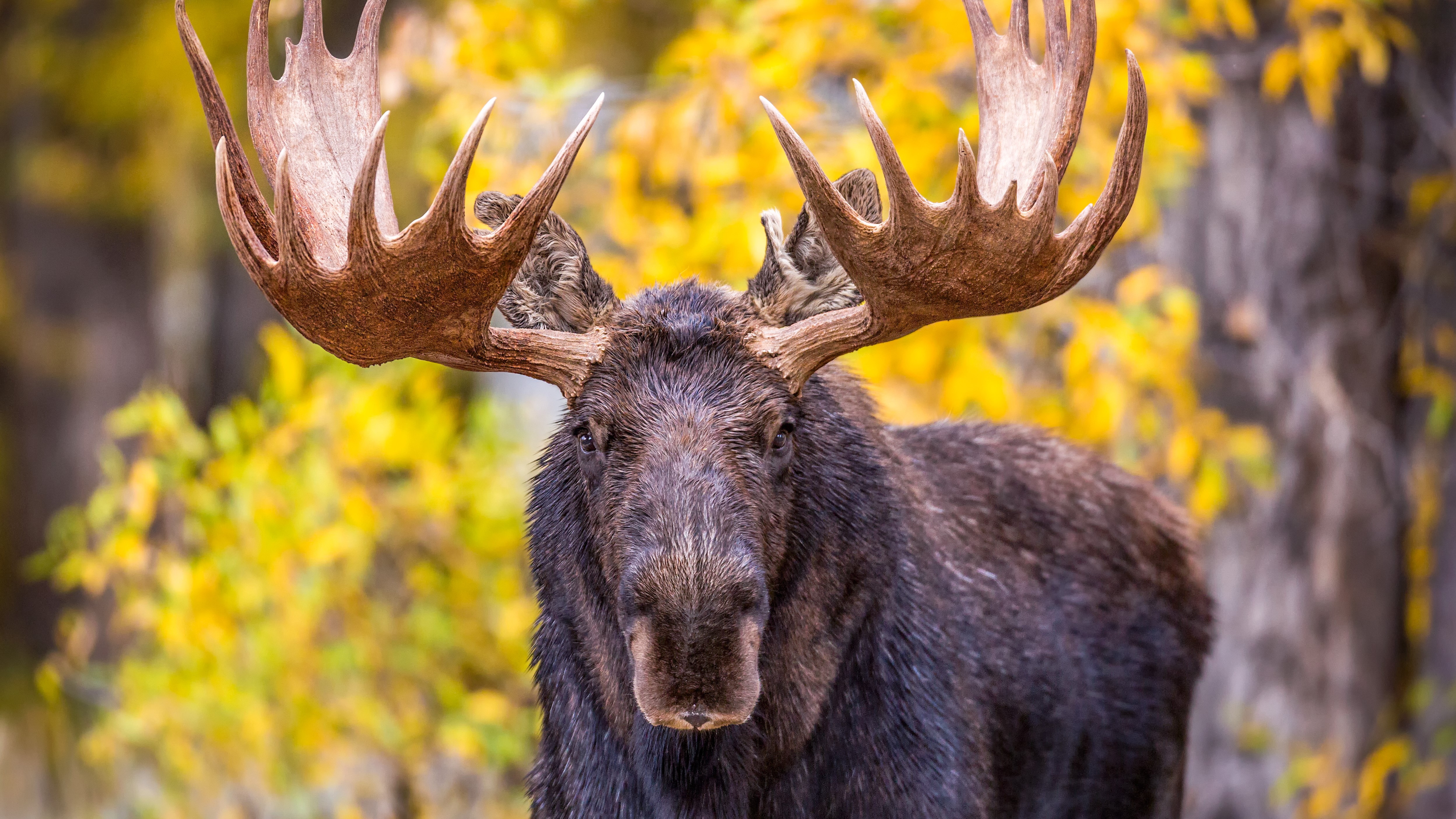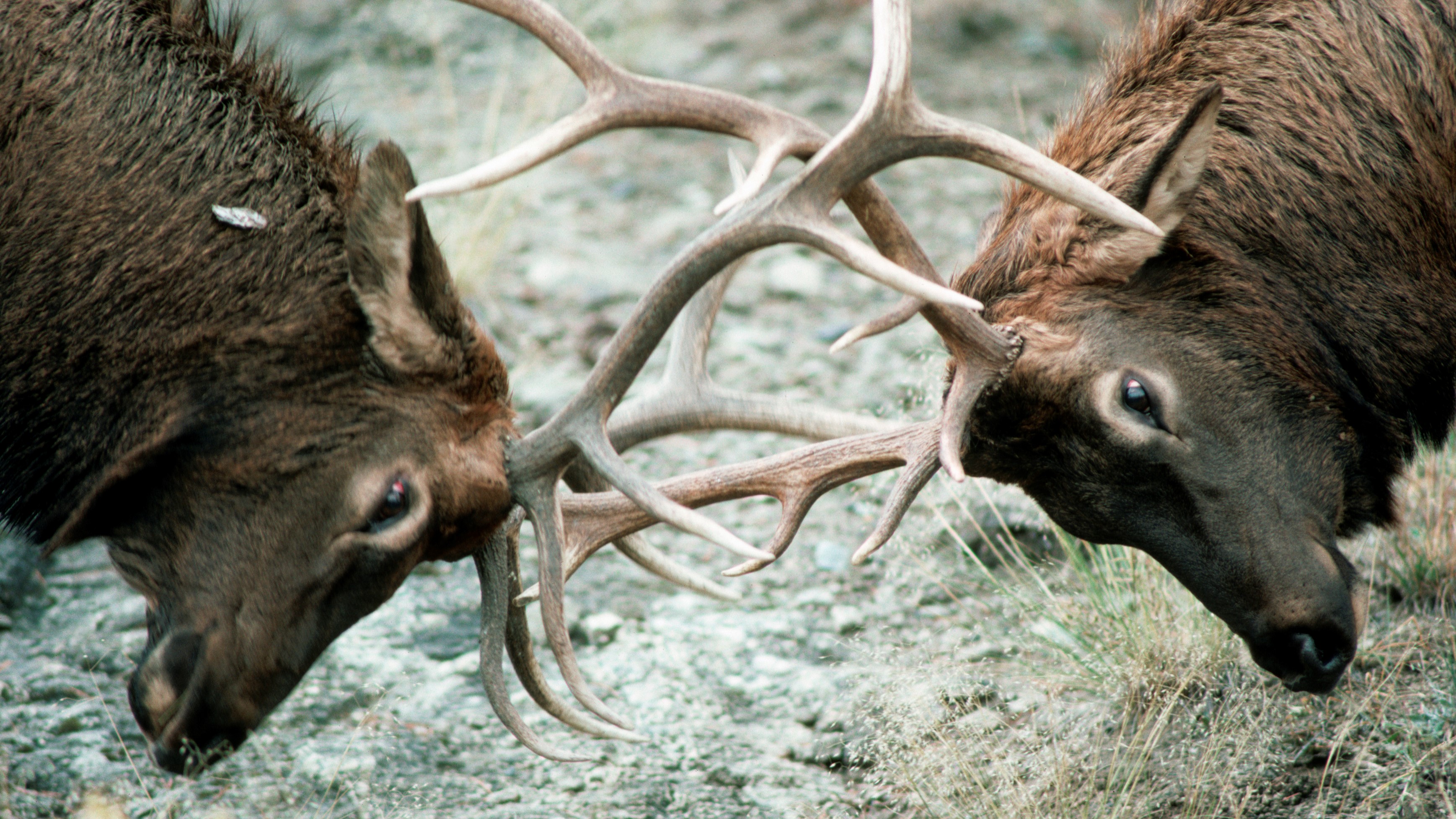It’s antler shedding season – should you take them home?
We discover why male deer shed their antlers, and explain why it’s best to leave them where you find them

Antler shedding season – when certain members of the deer family cast off their antlers – can feel like trophy time for forest-goers. Come spring, it’s not uncommon to see gleeful hikers picking their way back to the trailhead in their hiking boots carrying a large rack with dreams of cleaning it up and hanging it over their fireplace at home. But are antler’s really just nature’s trash and your treasure, or does the forest need them? And why do deer shed their antlers anyway?

What is antler shedding?
Antler shedding is a bit like spring cleaning for the deer family. While some ungulates like mountain goats, bighorn sheep and cattle have horns, which are permanent structures fused to the skull, the antlers boasted by male members of the deer family (and female reindeer!) are fused to a bony protrusion on top of the skull. When they’re growing, antlers form a skin covered in soft hair called “velvet” that is rich in blood supply and nerve endings, but when circulation is cut off, the velvet is cast off, or shed. This is an annual process for all male members of the deer family in North America, including moose, elk and reindeer.
Antlers are used by bucks during the mating process, otherwise known as rutting season, to display their dominance over other males and win a mate. After mating season has concluded, a surge in testosterone ceases blood flow to the antlers, and they are shed within about a day, which allows the buck to lose weight quickly and conserve energy. Then the buck begins the process of growing a new pair of antlers.

When is antler shedding season?
Antler shedding season is determined by mating season, so it varies a bit by species, as well as other factors such as food supply and weather conditions. February and March are considered to be the peak times for antler shedding, but really the window is generally from November all the way to April. Moose shed theirs first, usually in November and December, which means they can lose anywhere from 40 - 75 lbs and conserve energy over winter. White-tail and mule deer start shedding their antlers in December, but the season can last for three or four months, and elk don’t start dropping their antlers until January, with March being the peak season.

Should you pick up antlers?
Taking home a memento from the woods to adorn your garage might not seem like a big deal. Restaurants and hotels do it all the time. And aren’t antlers just nature’s cast offs, anyway? Well as it turns out, antlers are important for the health of wildlife and the forest, and it’s actually better to leave them where you find them.
According to Wildlife Online, antlers are a source of important minerals – such as calcium, phosphorus, sulphur, magnesium and potassium – that are valuable in the woodland ecosystem. Wildlife such as deer, squirrels and mice eat shed antlers as an important dietary supplement (which is why the forest floor isn’t littered with them come March) so it’s best to simply enjoy them with your eyes, or take a picture for the ‘Gram, and Leave No Trace when you visit the forest.
Advnture Newsletter
All the latest inspiration, tips and guides to help you plan your next Advnture!
Julia Clarke is a staff writer for Advnture.com and the author of the book Restorative Yoga for Beginners. She loves to explore mountains on foot, bike, skis and belay and then recover on the the yoga mat. Julia graduated with a degree in journalism in 2004 and spent eight years working as a radio presenter in Kansas City, Vermont, Boston and New York City before discovering the joys of the Rocky Mountains. She then detoured west to Colorado and enjoyed 11 years teaching yoga in Vail before returning to her hometown of Glasgow, Scotland in 2020 to focus on family and writing.

